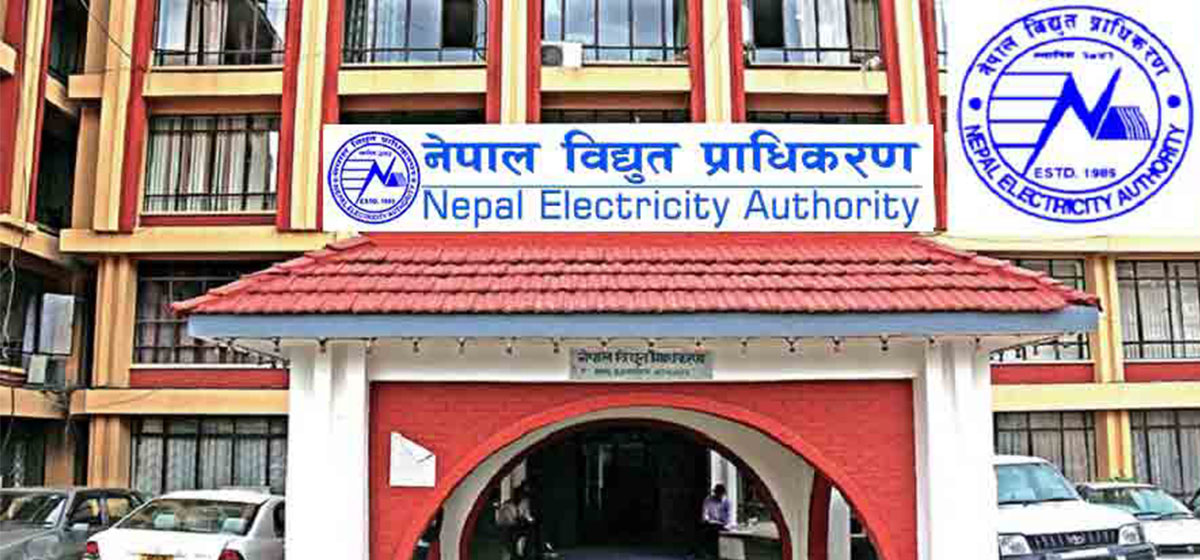KATHMANDU, May 3: The government has set a target of producing about 28,500 megawatts of electricity in the country within the next decade. Sector experts have estimated that about Rs 6.1 trillion of capital is needed to produce electricity to meet this target.
Despite setting the aforementioned target to achieve by 2035, the government does not have any plan to manage the necessary capital for this purpose. Ram Krishna Khatiwada, Chief Executive Officer of Nepal Infrastructure Bank (NIFRA), said that only Rs 4 trillion has been invested in the energy sector so far.
According to him, an additional investment of Rs 6.1 trillion is required to produce electricity as targeted by the government. “It is challenging from the point of view of capital and investment management to fulfill the target set by the government within the stipulated time,” he said.
Khatiwada said based on the current trend, it can be estimated that only Rs 1.95 trillion will be invested from within the country in the next 12 years. “The government should think about how to raise the rest of the investment,” he said.
Take measures to check youth exodus, boost investors’ confidenc...

According to Khatiwada, it seems that there can be a maximum investment of Rs 1.938 trillion from within the country. He said that the challenge posed to the government is to use financial instruments from foreign investment to bring in the rest of the investment. He said that the goal can be achieved only if the government issues project-specific bonds, goes for green bonds, involves the private sector in the construction of transmission lines and electricity trading, and gathers alternative investments.
Similarly, Arjun Gautam, Chief Executive Officer of Hydro Electricity Investment and Development Company (HIDCL), said that about Rs 5 trillion should be invested by the year 2030 according to the government target. He said that although the banking system currently has a capital of Rs 6.1 trillion, the possibility of large investment in the energy sector is low. "Since banks only accept short-term savings, long-term investment in hydropower is not their choice," he said.
For investment, institutions like HIDCL and NIFRA, among others, are available as investment sources. According to energy experts, electricity generation should be made a common goal as a prerequisite for increasing hydroelectricity investment, regulation and governance should be improved, energy mix should be clear, and special attention should be paid to clarify the investment plan by creating a conducive environment.
The government had announced the Elimination of Energy Emergency and Electricity Development Decade in 2015, with the target of producing 10,000 MW electricity within 10 years. The Energy Decade was announced with the goal of producing 10,000 megawatts of electricity. The fixed period will end in 2025.
However, only 3,100 megawatts of electricity have been installed in the national transmission system as of now. In a new move, the government has launched another ambitious plan without achieving the target as per the previously announced plan.
Surya Adhikari, an energy expert, said that the government has set and announced an ambitious target of generating 28,000 megawatts of electricity within the next 12 years while the energy plans and targets set by the government in the past have not yet been fulfilled. “The government's current policy, approach to the private sector, the state of electricity business and raising capital seem to be very challenging,” said Adhikari, “The government has said that it will produce as much electricity in 12 years; it is difficult to fulfill that target and plan, I am not so optimistic.”
Joint Secretary at the Ministry of Energy, Water Resources and Irrigation Chiranjeevi Chataut said that the target of producing 28,500 megawatts of electricity by the year 2035 has been planned based on reality and needs. "To achieve the government's goal, the projects that have received permission for hydropower production, study permission, and financial management are equivalent to about 30,000 megawatts," he said.
In addition, he said that the plan can be completed by combining solar energy, electricity authority's profits from electricity sales, private sector, and remittances to raise investment.


































